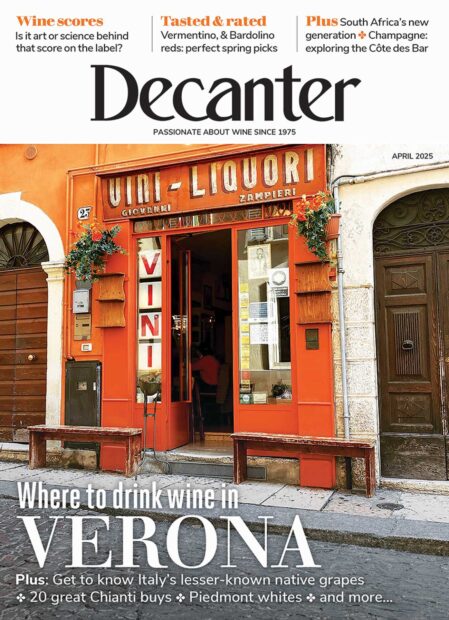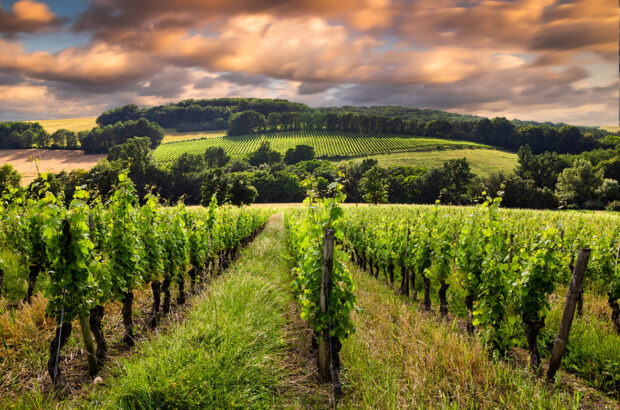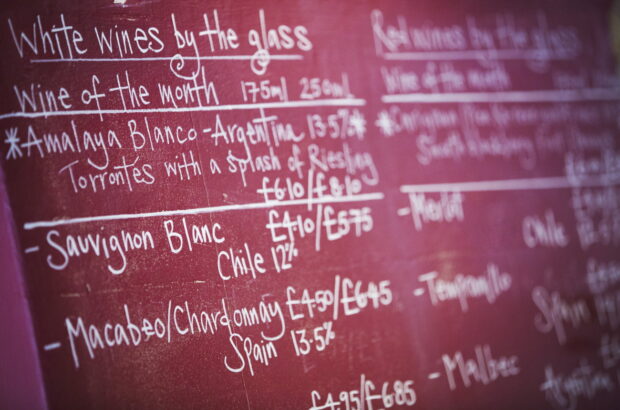South America: Drink now
A difficult and wet vintage, especially in Argentina. Largely mediocre and often weak wines.
Weather Conditions
El Niño unleashed its worst. Whole sections of vineyard were washed away, and others had to harvest in terrible conditions. Some tractors got bogged down in the mud. Generally speaking this is not a good year for the wines from South America wines. Chile leads the way with what there is. In Argentina it took real brave hearts to overcome the weather, but some managed, especially with Chardonnay. Much of the red is weak.
Best Appellations
Best Producers
Valdiveiso is certainly worth a look, with the Caballo Loco range a real must. In Argentina, it was José Alberto Zuccardi’s La Agrìcola that really showed its mettle under such difficult conditions. La Agrìcola earned the respect of everyone, and has made some remarkably good wines
considering the circumstances. Always good value, La Agrìcola passes on to make better wines from this point on. Try the Q (for quality) range. The oak-aged Tempranillo is very interesting. In Chile you can risk just about any producer, but better years will no doubt come.







